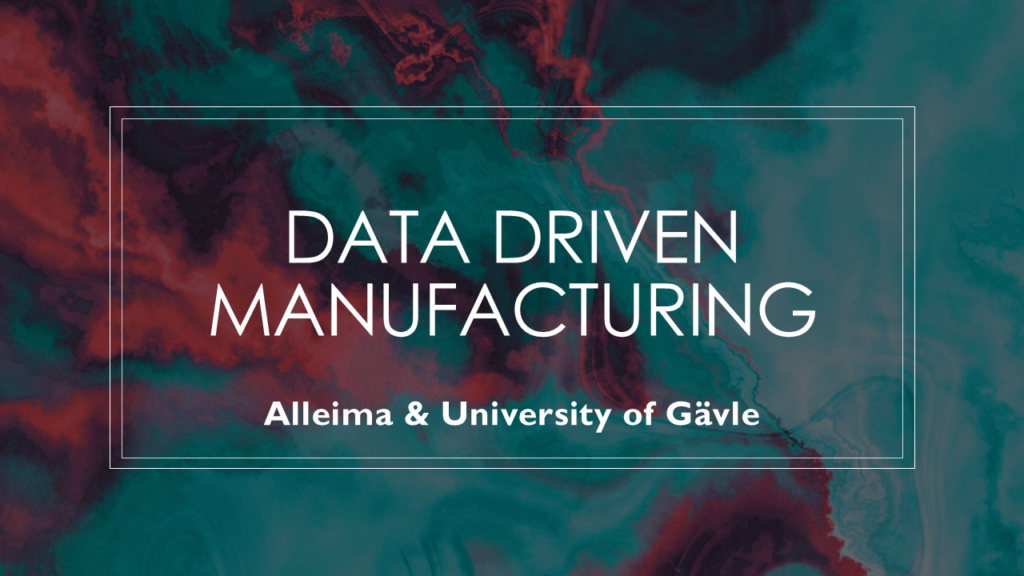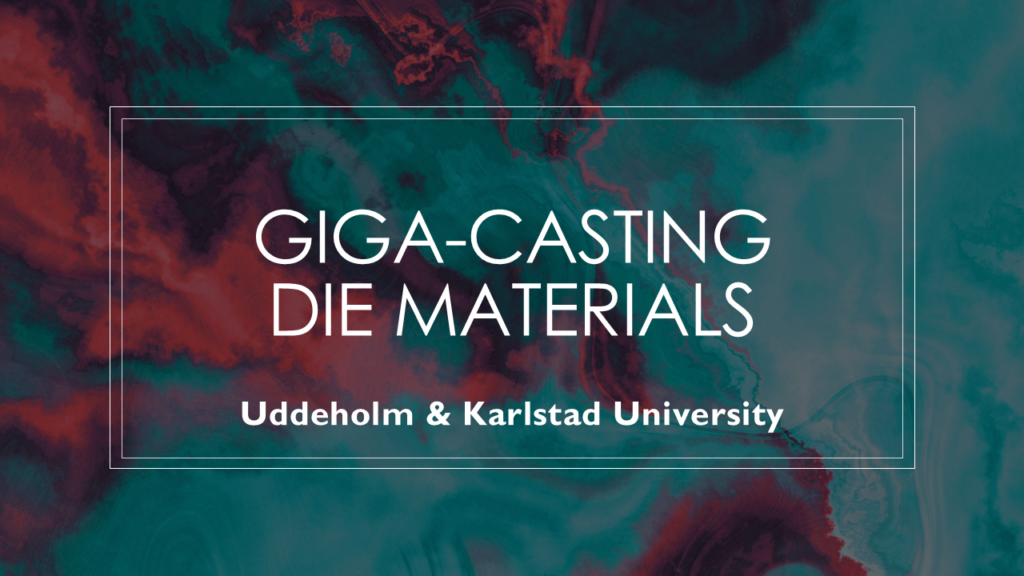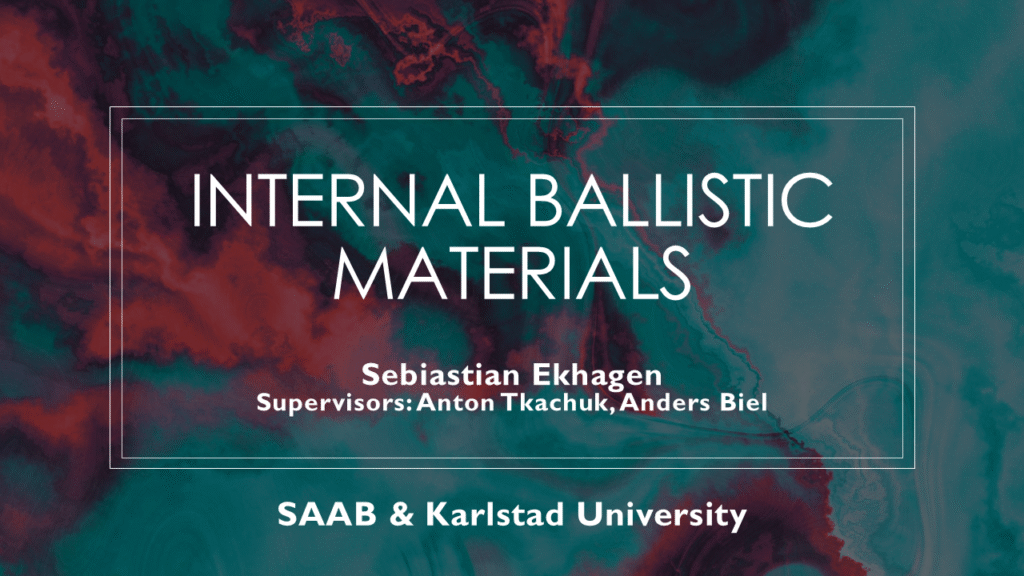
m3c research projects
Learn more about our industrial PhD projects
PhD Research in Materials Engineering
Explore resources to advance knowledge in materials science.

Understand and model the high-pressure die-casting tool wear and damages. Click for more info…
The automotive industry is increasingly adopting High Pressure Die Castin (HPDC), particularly for large structural components, as part of the broader shift toward lightweighting and vehicle electrification. The trend of HPDC is transforming how vehicles are designed and manufactured, reducing complexity while enhancing structural integrity, cost efficiency, and sustainability. High quality tool material and proper maintenance of HPDC tools is critical for achieving cost efficiency and sustainability because they are subjected to extreme operating conditions, including high temperatures, pressures, and repeated thermal cycling. The keystone to create smart maintenance is the ability to assess the status of tool’s condition and the ability to predict the remaining lifespan. Consequently, the focus of this research will be on methods to measure tool wear, heat checking, erosion and die soldering, and modelling of the tool wear.

Predictive quality harvest sensor data to provide decision support for high-quality product manufacturing. Click for more info…
The process industry has production units that gradually and continuously refine raw materials through various subsystems into final products. It is of value to continuously get an idea of the product’s quality after the various steps in production. If there is reason to believe that a partially processed product will not generate a final product that meets the customer’s quality requirements, there is reason to take action. It would direct]y lead to: (i) reduced time and resources by not continuing to process the material, (ii) that the semi-finished product can be saved for another requirement specification, (iii) that any errors in the production can be early detected and corrected and (iv) the amount of scrap can be reduced. Predictive quality harvest sensor data from production systems and complementary in-line quality measurements to, with real-time tools, provide decision support for manufacturing intermediates to promote product quality and efficiency throughout the value chain. Within the proposed project , great emphasis will be placed on making use of existing process and product knowledge, in this case cold rolling of steel.

Study the physical and mechanical properties of giga-casting die (tool) materials for process optimization. Click for more info…
To investigate the physical and mechanical properties of giga-casting die materials produced through various manufacturing methods (e.g., ESR, Powder metallurgy, etc). By examining these properties, the research aims to identify the most effective manufacturing techniques for enhancing the performance and durability of giga-casting toolings. The findings will provide valuable insights into optimizing the HPDC process and improving the overall quality of these tooling materials.

Application of Additive Manufacturing (AM) in producing defect-free tool steels, emphasizing process parameters, microstructure, and final properties. Click for more info…
On the application of Additive Manufacturing (AM) in producing defect-free tool steels, emphasizing process parameters, microstructure, and final properties. The main research question investigates how manufacturing parameters influence defects, microstructure, and properties of a new AM powder tool steel produced with Laser Powder Bed Fusion (L-PBF).

Novel Materials for Internal Ballistics. In firing recoilless weapons, multiple internal ballistic processes are at play. Click for more info…
Several of these processes involve containers and barriers shattering in a predicable way, producing as little residue as possible to prevent harm to the system itself and to the surrounding environment. These subsystems should sustain loads from handling and the initial phase of firing but then shatter to harmless particles at the end phase of firing. Characterization of the novel materials for relevant loading scenarios should help re-design the weapon and increase its performance.
